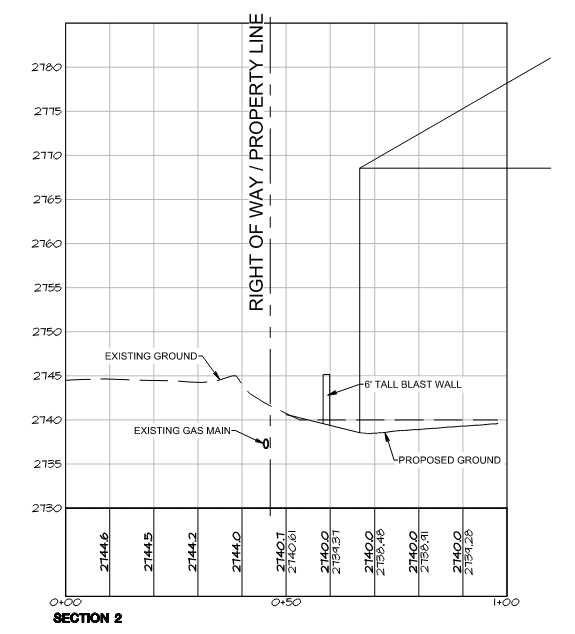keen_mentee
Civil/Environmental
I am working on a Department of Housing and Urban Development (HUD)project where I need to design a 6 ft high concrete masonry unit (CMU) blast walls. The requirement of the blast wall (and its material) is as follows, "Thermal heat flux exposure threshold of 450 BTU/hr/ft2 for people in open spaces where people congregate, such as parks and playgrounds and blast overpressure threshold of 0.5 psi as the maximum allowable pressure that can be measured at a distance from an explosive hazard applicable to outdoor unprotected facilities." I designed a cantilever cmu wall for the 0.5 psi (=72psf) and got a solid grouted 8-inch CMU wall with #4 rebars @16 inch O.C. vertical rebars to work for 72 psf pressure. This does not seem like a strong wall so I am not sure if there is more to the loading that I am missing. I would like the expertise of the community on this and also what I could do for the 450 BUT/hr/ft2 requirement. Any relevant information and design examples would be greatly appreciated.
#learningalittleeveryday
Thank you.
#learningalittleeveryday
Thank you.

![[smile] [smile] [smile]](/data/assets/smilies/smile.gif) . But I think that first you neeed to figure out the load. And then you may need to check a book on dynamics and transient analysis, that will help to figure out how the wall will respond to the load.
. But I think that first you neeed to figure out the load. And then you may need to check a book on dynamics and transient analysis, that will help to figure out how the wall will respond to the load.